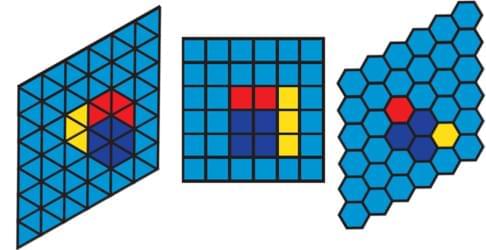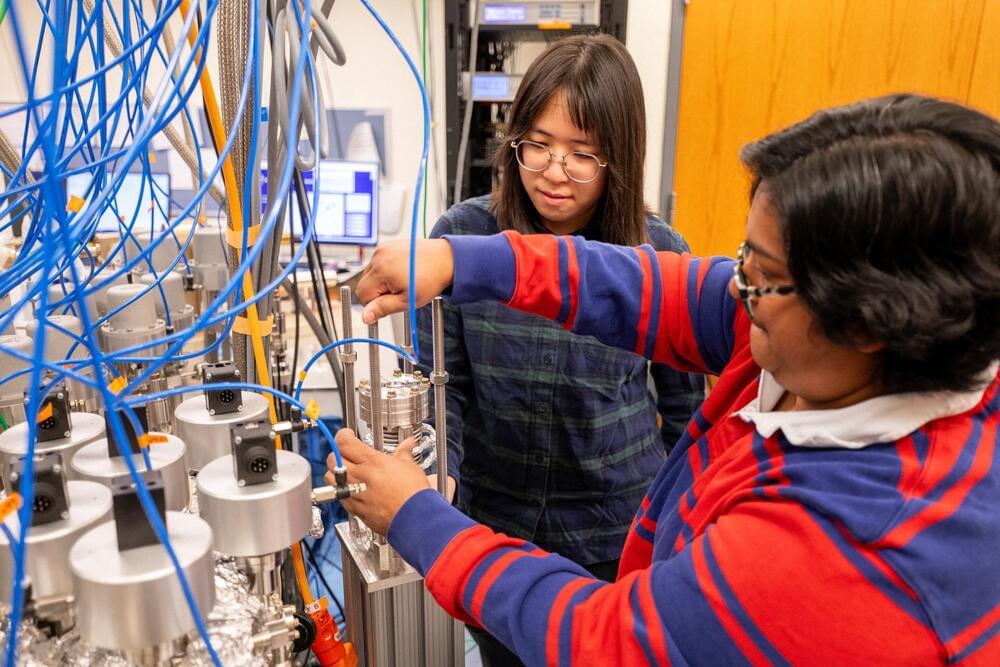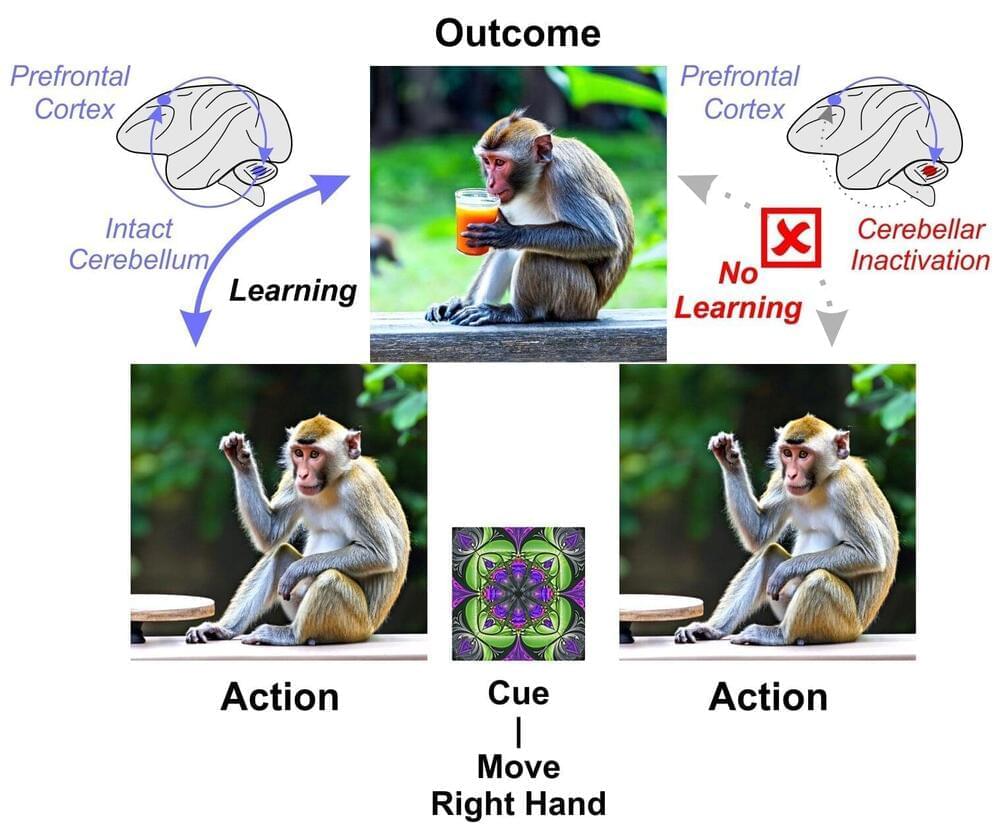New research exposes vulnerability in HTTP/2 protocol! The CONTINUATION frame can be exploited for DoS attacks, warns security expert Bartek Nowotarsk.





A way to create single photons whose spatiotemporal shapes do not expand during propagation could limit information loss in future photonic quantum technologies.
When enjoying the sight of a rainbow, information loss might not be the first thing that comes to mind. Yet dispersion, the underlying process that makes different colors travel at different speeds, also hampers scientists’ control of light propagation—a crucial capability for future photonic quantum technologies. As they move, short laser pulses tend to lengthen through dispersion and widen and dim through diffraction. Together, these effects limit our ability to make light reach a target, although mitigation strategies have been developed for classical pulses and, recently, for quantum light. Now Jianmin Wang at the Southern University of Science and Technology in China and colleagues have realized a quantum source of single photons that are impervious to spreading out during propagation, potentially safeguarding against the loss of information encoded in the photons spatiotemporal shapes [1].
In 2007, physicists demonstrated light beams, known as Airy beams, whose spatial profiles make them resilient to spreading out [2, 3]. These profiles consist of a pattern of bright and dark lobes surrounding a central bright component, with each feature propagating along a parabolic trajectory. Recently, scientists created quantum Airy beams, which are technically challenging to realize [4, 5]. The goal of Wang and colleagues’ work was to extend this principle to the temporal domain, producing quantum Airy single photons that do not spread out in both space and time. Such quantum “light bullets” could offer exciting possibilities for quantum technologies, much like their classical counterparts did for applications in areas from plasma physics to optical trapping [3, 6].

Many biological structures form through the self-assembly of molecular building blocks. A new theoretical study explores how the shape of these building blocks can affect the formation rate [1]. The simplified model shows that hexagonal blocks can form large structures much faster than triangular or square blocks. The results could help biologists explain cellular behavior, while also giving engineers inspiration for more efficient self-assembly designs.
Certain viruses and cellular structures are made from self-assembling pieces that can be characterized by geometrical shapes. For example, some types of bacteria host carboxysomes, which are icosahedral (20-face) compartments built up from self-assembling hexagonal and pentagonal subunits.
To investigate the role of shape, Florian Gartner and Erwin Frey from Ludwig Maximilian University of Munich simulated self-assembly of two-dimensional structures with three types of building blocks: triangles, squares, and hexagons. The model assumed that the blocks bind along their edges, but these interactions are reversible, meaning that the resulting structures can fall apart before growing very large. Gartner and Frey found that certain shapes were better than others at assembling into larger structures, as they tended to form intermediate structures with more bonds around each block. In particular, hexagonal blocks were the most efficient building material, forming 1000-piece structures at a rate that was 10,000 times faster than triangular blocks.

David Kaplan has developed a lattice model for particles that are left-or right-handed, offering a firmer foundation for the theory of weak interactions.
David Kaplan is on a quest to straighten out chirality, or “handedness,” in particle physics. A theorist at the University of Washington, Seattle, Kaplan has been wrestling with chirality conundrums for over 30 years. The main problem he has been working on is how to place chiral particles, such as left-handed electrons or right-handed antineutrinos, on a discrete space-time, or “lattice.” That may sound like a minor concern, but without a solution to this problem the weak interaction—and by extension the standard model of particle physics—can’t be simulated on a computer beyond low-energy approximations. Attempts to develop a lattice theory for chiral particles have run into model-dooming inconsistencies. There’s even a well-known theorem that says the whole endeavor should be impossible.
Kaplan is unfazed. He has been a pioneer in formulating chirality’s place in particle physics. One of his main contributions has been to show that some of chirality’s problems can be solved in extra dimensions. Kaplan has now taken this extra-dimension strategy further, showing that reducing the boundaries, or edges, around the extra dimensions can help keep left-and right-handed particle states from mixing [1, 2]. With further work, he believes this breakthrough could finally make the lattice “safe” for chiral particles. Physics Magazine spoke to Kaplan about the issues surrounding chirality in particle physics.

Graphene is the setting for the first demonstration of relativistic electrons’ paradoxical ability to whiz through a barrier, provided the barrier is high enough.
If an electron in a material has a speed that is independent of its energy and if it encounters a barrier head on, it can tunnel straight through. Derived by theorist Oskar Klein in 1929, this counterintuitive finding remained little tested in the lab because it is hard to make electrons approach a barrier head on and to stop them scattering off the edges of the sample. Now Mirza Elahi of the University of Virginia and his collaborators have observed evidence of Klein tunneling in monolayer graphene. What’s more, they also observed the opposite effect, anti-Klein tunneling, in bilayer graphene. In anti-Klein tunneling, head-on electrons do not tunnel at all, while others approaching the barrier at an intermediate angle do [1].
Graphene’s hexagonal lattice can be thought of as two identical interpenetrating triangular sublattices. One consequence of that view is that graphene’s charge carriers—electrons that hop between the two sublattices—behave as if massless and relativistic at low energies. Another consequence is that the two sublattices bestow on the electrons a chiral property, pseudospin, that resembles spin, which controls the nature of the transmission across the barrier.

In Earth science, small details can help explain massive events. Rita Parai, an assistant professor of Earth, environmental and planetary sciences in Arts & Sciences at Washington University in St. Louis, uses precision equipment to measure trace levels of noble gases in rocks, samples that can provide key insights into planetary evolution.
With 5,000 tiny robots in a mountaintop telescope, researchers can look 11 billion years into the past. The light from far-flung objects in space is just now reaching the Dark Energy Spectroscopic Instrument (DESI), enabling us to map our cosmos as it was in its youth and trace its growth to what we see today.

If you reward a monkey with some juice, it will learn which hand to move in response to a specific visual cue—but only if the cerebellum is functioning properly. So say neuroscientists at the University of Pittsburgh School of Medicine and Columbia University, who recently published findings in Nature Communications that show the brain region plays a crucial role in reward-based learning.